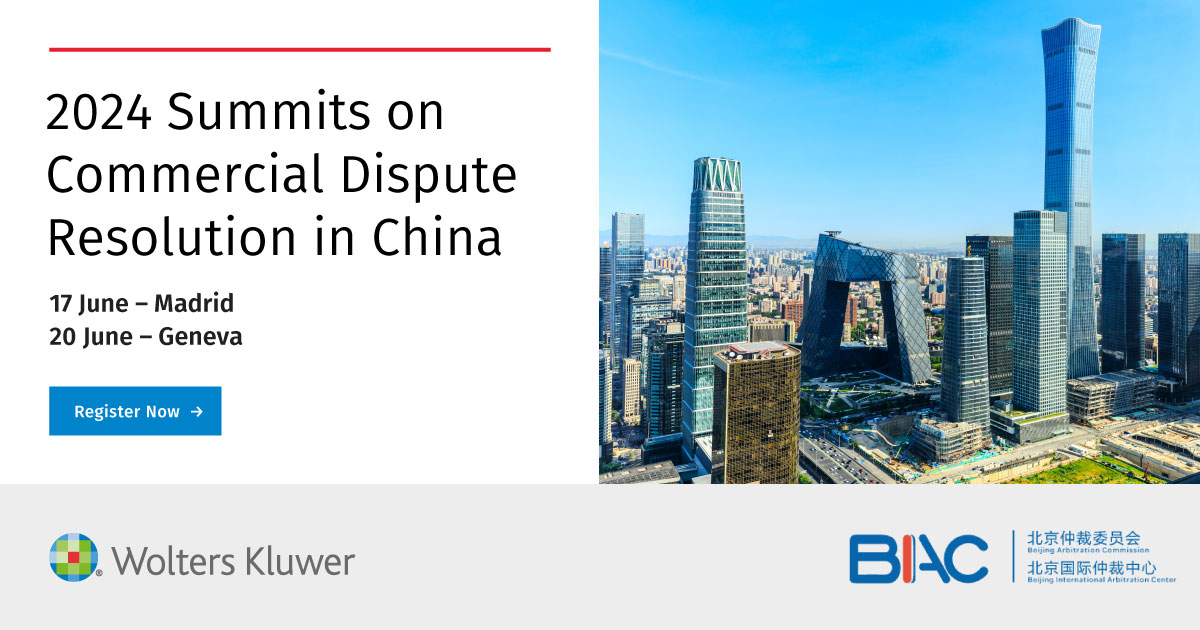On a first reading this might seem like a particularly narrow question. Perhaps geographically of limited utility.
But to almost every international organization in the industrial, defence and major projects sectors it is, in fact, one of the burning issues confronting their participation in a market planning to spend or invest $USD450billion in 2010.
In the current financial climate, the Middle East is the most real, immediate and accessible market for project and investment businesses, otherwise stymied in the economies of the USA and Europe.
The overall framework for this 4-part series will be first to briefly outline the current legal system that supports the region. To then to focus on the dispute resolution systems that are currently being used and to review their degree of success.
Some consideration will then need to be given to the recently (2007) introduced, bespoked, version of FIDIC ’99 for government work in Abu Dhabi and how that contract manages disputes. In that context, the role of a Dispute Administration Board is now mandated.
Finally, there needs to be made some observations on the relevant institutional body for commercial arbitration in Abu Dhabi – the Abu Dhabi Commercial Conciliation and Arbitration Centre (ADCCAC), and its procedures and objectives. That arbitration body is now also mandated in the Abu Dhabi government’s FIDIC versions.
It is difficult to convey to people who have never spent some time in the region, the strikingly inverse relationship here between size and wealth, and indeed population numbers.
The United Arab Emirates (UAE) is a federation of seven Emirates, nestled between Saudi Arabia and Oman and the waters of the Persian Gulf.
The geographical size of the UAE approximates to the State of Maine in the USA. Total population is between 5-6 million people. The state of Abu Dhabi (both a city and an Emirate) occupies ¾ of the UAE’s area and has a population of close to ( or pehaps now just exceeding) 2 million people. It is also the Federal capital of the UAE.
For 2010, the GDP of Abu Dhabi is expected to pass $USD450 billion of which near 70% will be spent in the construction (55%) and oil and gas (15%) sectors.
To put these figures into context, for Australia, with a population of 24 million and a workforce of 11.5million, the GDP for 2009 was estimated to be between $USD 900 billion and $USD950 billion. Abu Dhabi is planning to exceed that number by 2013-2014, and then double it again by 2020.
In an investment report by Isthmus Partners released 31st March 2010, Abu Dhabi is quoted as having 95% of the UAE’s oil reserve, and 92% of the proven gas reserves. The report says that, based on current utilization, Abu Dhabi’s oil reserves, will last for 150 years.
Abu Dhabi certainly has its share of distressed real estate developments and postponed major projects. But nowhere near the scale being experience in Dubai.
The focus of dispute resolution in the UAE has been, for much of 2009 and early 2010, entirely dominated by events in Dubai and the government entities, Dubai World and its development subsidiary Nakheel. And these were not issues limited, geographically, to the Gulf. The bond-financing instruments used in Dubai were once seen as grade “A” investments and were (and are today) held by the likes of RBS and HSBC, together with a plethora of institutions and individual worldwide.
But now, as the appetite returns for reinvestment in the Gulf, and the schedule for major projects in Abu Dhabi is reactivated, it is legitimate to ask – can the existing dispute resolution systems – especially Abu Dhabi – possibly cope? If there are doubts – what can be done? Or perhaps better – are there lessons to be learned from the Dubai experience and if so, what are they?
Against the statistics and figures quoted above, now add to them the fact that, presently, the Abu Dhabi court systems has pending before it approximately 320,000 cases. Many of those caes relate to employment and labour issues and a significant proportion relate to small comercial dipustes. But on any view, the court system of Abu Dhabi has little real capacity to manage major complex construction disputes.
And may I conclude this first part of the series by also noting that the UAE does not have an arbitration law. It does have, in the UAE’s Civil Procedure Law (1992), Articles 203 to 218 which specifically address arbitration, aspects of it’s the process and the enforcing of domestic awards. But, with respect, those provisions were not designed in anticipation of the current dimensions of doing business in the UAE in 2010.
I should note, for completeness, that it has been mentioned that the UAE soon will receive a new arbitration law, but a number of commentators feel that in the current circumstances, the finalization of a new arbitration law is just not seen as having sufficient priority.
In the next parts of this series – focusing on dipute resolution in Abu Dhabi – I will review in more detail the principle forms of contracts and arbitration agreements that are used in the Emirate and look more closely at some of the recent initiatives that the government has introduced to help manage issue resolution in the light of one of the world’s biggest building programmes.
________________________
To make sure you do not miss out on regular updates from the Kluwer Arbitration Blog, please subscribe here. To submit a proposal for a blog post, please consult our Editorial Guidelines.



I am interested to know more about arbitration in UAE.
Moustafa